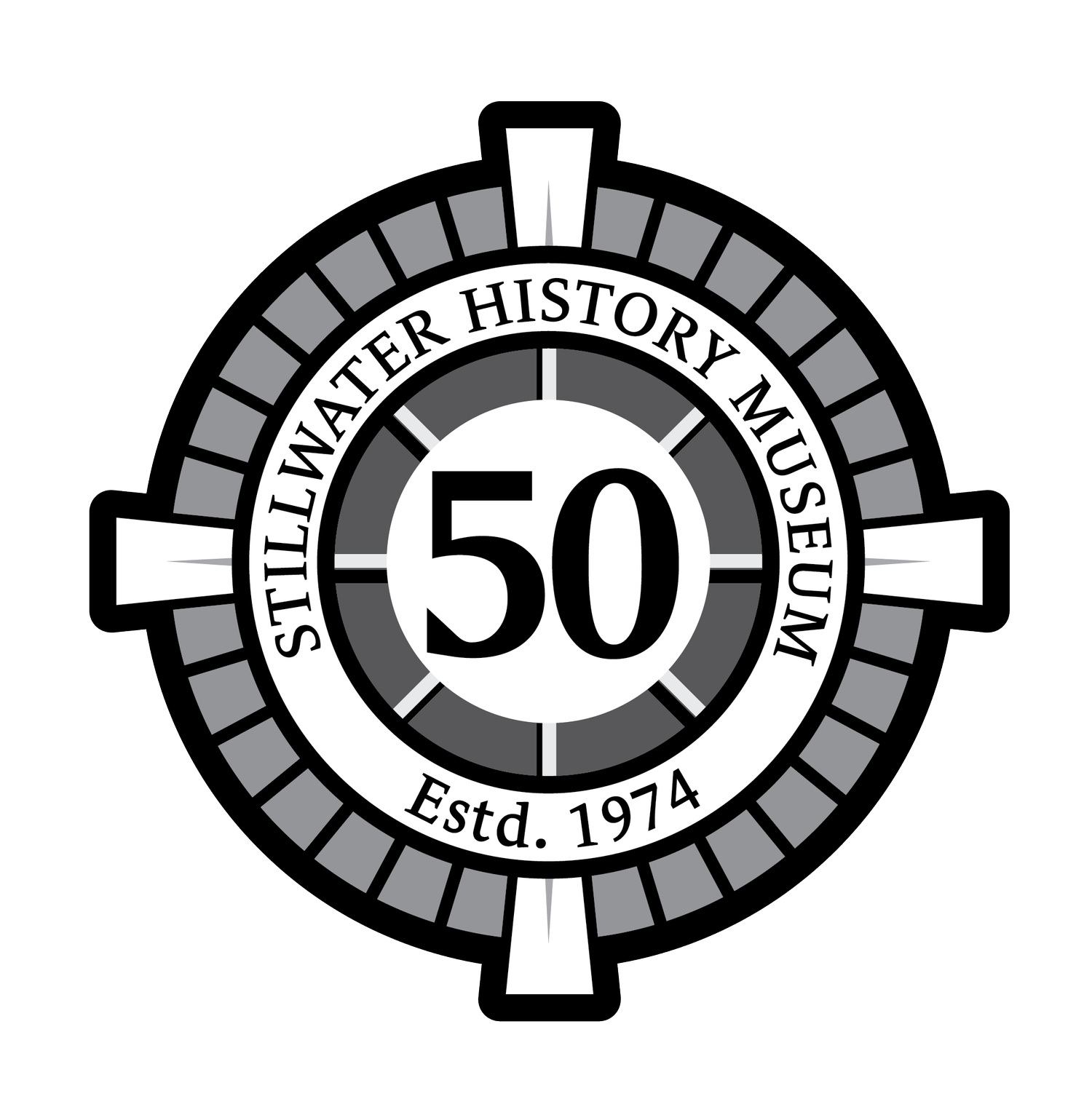Washington School Beginnings
Like many schools during the early 20th century, Stillwater’s Washington School was named after Black American educator and orator Booker T. Washington. Washington, born in slavery in 1856, went on to become a founder of the National Negro Business League, first leader of the Tuskegee Institute in Alabama, and advisor to several presidents. His best-known message, that Black Americans could best achieve racial uplift through education, business, and self-determination, was both resonant and controversial. Washington visited Oklahoma in 1917 and proclaimed several of the communities he visited, including Greenwood in Tulsa, as examples for others to follow.
Washington was a luminary for many African Americans and he represented the potential and progress made in the aftermath of the Civil War. The idea of uplift through education was not new, but Washington expressed this concept in a way that was concise and resonant in the early 20th century.
Of course, Black history has always been part of the Oklahoma story, beginning when the area was still identified as Indian Territory and some of those who identified as Black might also be enslaved; some had been brought against their will. Some were of Afro-Indigenous heritage and chose the journey. After the Civil War, many African Americans looked toward Indian Territory as a space where they might also build a new freedom. Some who worked as cowboys or farmers in places like Texas immediately following the Civil War saw opportunity for homesteading and establishing new lives in the territory. As happened in many parts of the country, segregation also became part of the story and it was already territorial law when Stillwater was chartered in 1889. The land run, in other words, brought hopeful homesteaders of different races, and along with them, many of the systems of discrimination that were already so deeply established in other places. That these might be adapted to the unique conditions of Indian Territory, and later the state of Oklahoma, could be expected, but they were not unchallenged. While Native Nations sought to create an independent Indian State of Sequoyah, Black settlers—many of them also Native—actively pursued the idea of creating a separate Black State. Those hopes were disappointed when Oklahoma received statehood in 1907, but it is important to keep in mind that Booker T. Washington’s visit occurred only one decade later, at a time when Oklahomans of many different races were still figuring out the contours of their new state identity.
Segregation became state law with Oklahoma’s constitution in 1907, but it was already deeply entrenched in the territorial legal system. In compliance with these laws, a separate school for the 11 Black children who lived in Stillwater was open by 1900. Initially classes were held in a simple wood-frame building and served students in 1st through 8th grades. Numbers and educational offerings continued to grow.
By 1920, Washington School was overseen by Superintendent of Colored Schools Joseph Elsberry, who was still in his 20s when he took the position. Elsberry also directed the Stillwater Colored Band, which began with ten students who “were raw material, and knew nothing of music or their instruments, except Mrs. Elsberry [his wife], to whom band work was new, although she had knowledge of music and the piano.” The Stillwater Colored Band marched in at least two parades, in March and July of 1921.
While Washington School was limited to the first eight grades, the only option for Black Stillwater students seeking to attend high school was to move—those who were able went to Guthrie, Langston, Norman, Oklahoma City, or Tulsa. This meant long periods of separation for families who could not afford or did not have the means of transportation to reunite regularly.


